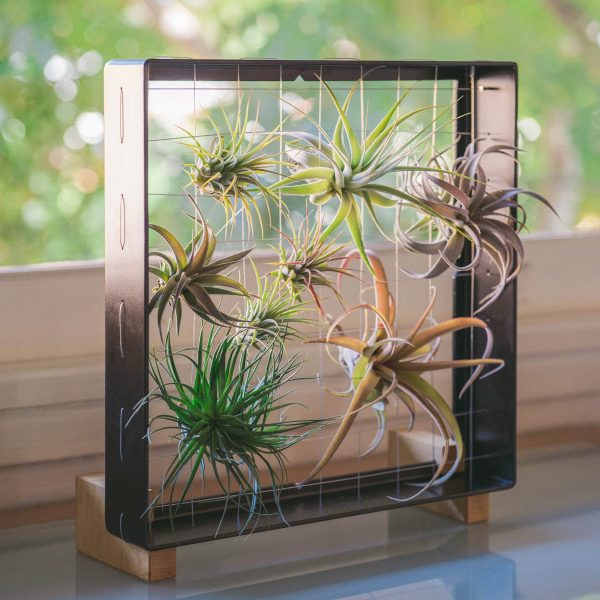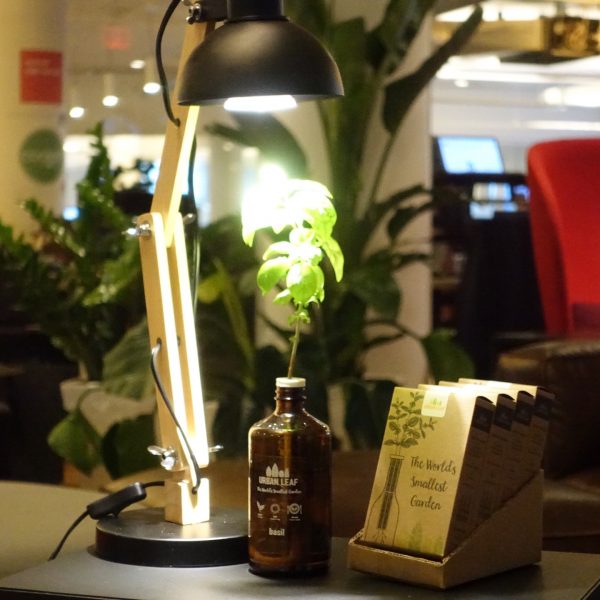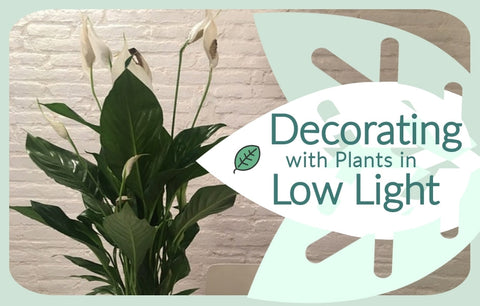Decorating your home with plants a healthful, refreshing, and colorful way to add some aesthetic appeal to your life. Living around plants improves mood and sleep. Plants purify the air, converting carbon dioxide to oxygen. Just having plants in your workspace can boost creativity and productivity. Plants can add texture and architectural interest to a room. Rather than going for expensive wall art, consider putting plants in select spots instead.
But if your house or apartment suffers from low light, especially with the Fall Equinox upon us, you may struggle with keeping your plants alive. Here are some plants that do well in shade or low light, and some extra tips to help them grow even in the darkest of corners.
Floor plants that do well in Low Light
All of these plants are classic interior decorating choices. They are hardy enough to survive in dark corners and can create eye-catching centerpieces against solid-color walls. Their long, thin leaves tend to draw the eye upward, which can help in a space with a lower ceiling.
Snake Plant (Sansevieria trifasciata)
These extremely hardy plants need little water and light to grow. If they receive more light, their leaves will get lighter in color. As the light dims, they’ll produce more chlorophyll to make up for the lack, which will turn them a darker green.

Corn Plant (Dracaena fragrans)
The corn plant tends to do better with more light and will produce white flowers if it gets enough, but in low light it still does fine. With its trunk and broad leaves, this is a good plant to fit with a more robust decorating style.

Lucky Bamboo (Dracaena braunii)
Bamboo will grow rapidly, even without soil. Lucky bamboo grows in a curly or spiral fashion, making it more interesting than the simple straight variety. All you need to do is set it in a vase or container of water and let it grow away!

Hanging and table plants that thrive in low light
Golden Pothos Plant (Epipremnum Aureus)
Also known as the Devil’s Ivy or the Money Plant. This plant is a staple of indoor decorating. It’s nearly impossible to kill and survives well in artificial lighting conditions. As a hanging plant, its long trailers can be beautiful, but if you’re setting it on a table, trim the ends to keep it from getting too leggy. Trimming the ends can also keep the Pothos leaves fuller at the top.

English Ivy (Hedera helix)
Similar to the Pothos plant, English Ivy is a hardy contender for low light spaces. Use it in the same way as you would the Pothos. Hang it at eye level to create the feeling of a taller space, or set it on a low table to provide a centerpiece for the room.
If you’re feeling ambitious, both Pothos and English Ivy are great climbers and will climb up a trellis. Lean a trellis against a blank wall or in a corner to add some texture and interest to your room.

Peace Lily (Spathiphyllum)
The peace lily is a great centerpiece plant. In medium light conditions it will bloom several times a year, and the flowers will last for several weeks. It may not bloom in dim conditions, so if you cannot provide light for your plant, pick a variety with striped leaves for higher interest.

Chinese Evergreen (Aglaonema)
The broad, welcoming leaves of this houseplant are ideal for filling in space. Chinese Evergreen does not require a lot of care and can resist drought and low light.

Exotic low light alternatives: bromeliads and air plants
Bromeliads
Tropical bromeliads are underrated wonders. They don’t show up on a lot of “low light houseplant” lists, but they ought to. They are cousins to the orchid family and do not actually need soul to grow, as long as they receive adequate water and light. You will see some larger bromeliads potted in soil, but it’s more important to keep the bromeliad watered than to worry about substrate.
Bromeliads can adapt to a variety of light circumstances, but look for those with especially dark green leaves. These are already used to shady conditions, and too much light will often burn the leaves.
Some bromeliads have tiny spines along the edges of the leaves, so choose other varieties if you have pets or children.

Air Plants (Tillandsia)
Air plants are also related to bromeliads and orchids. As the name suggests, these can grow completely airborne and don’t need soil at all. Air plants are often attached via wire or glue to pieces of wood and then hung or mounted on the walls.
If you’re feeling creative, you can create an air plant picture frame: hang an open wood frame on the wall and then let the air plants dangle from the top frame via string or wire.
Air plants need to be misted at least once a week, since they receive their only nutrients from water. They will not absorb excess water, so it’s not possible to overwater them. Air plants that are misted every day or every other day will produce strikingly colorful blooms.

Tips for getting more light in low light conditions
- Place a mirror behind or near your plant. The mirror will catch light in the room and reflect it near your plant. This can also help to brighten an especially dark corner.
- Use a grow light. Typical artificial lights — incandescent, normal LED, and fluorescent — do not provide the full spectrum of colored light that plants need to grow. Plant grow lamps emit full-spectrum light. Many plants will need a grow lamp to get through the winter, especially if you live in a northern latitude with short winter daylight hours. We offer an energy-efficient LED grow lamp for our garden kits, but you can easily use it to encourage a peace lily to bloom or add some extra vibrancy to your plants in the fall.












There are no comments for this article. Be the first one to leave a message!